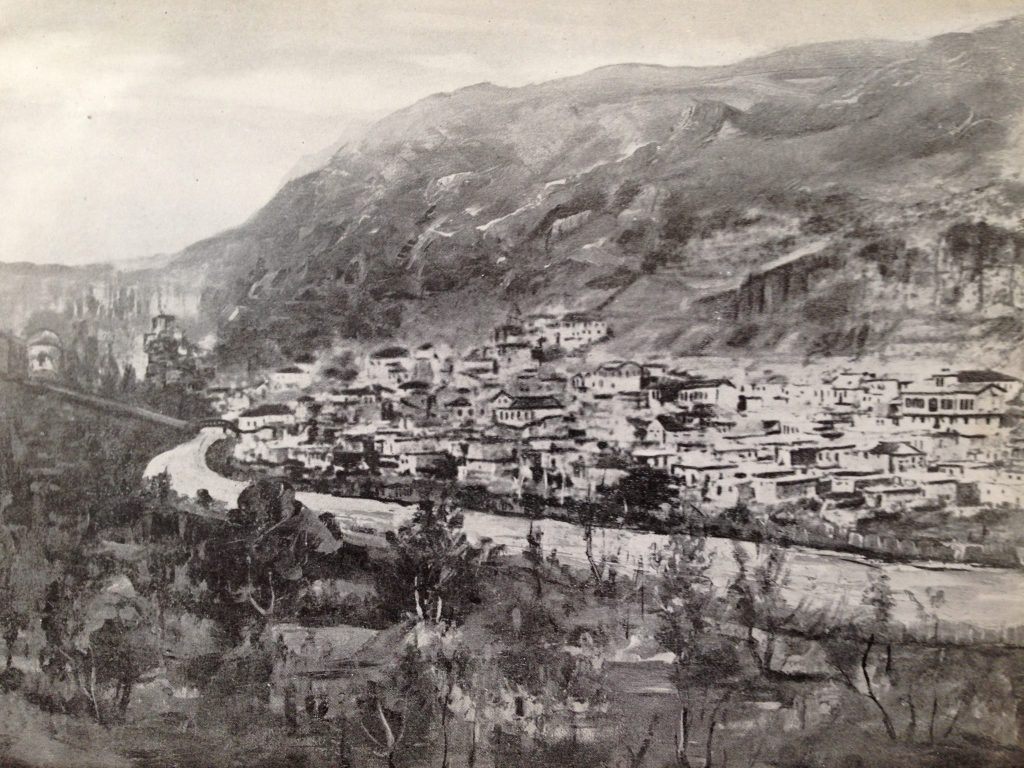
© 1998 – 2021 Aravot – Armenian News/ )
Located in the remote Zir/Çubuk valley, the kaza’s administrative seat Stanoz was once a prosperous Armenian village. In 2020, the Turkish traveler Argun Konuk (b. 1995) described the current state of affairs: “With the exception of an old stone bridge, some humanmade caves and an old Armenian cemetery, however, nothing remains of the village. Since World War I, illegal treasure hunting, dilapidation caused by time and frequent floods in the valley have decimated much of what was left of Stanoz. This old settlement remains a hidden, yet priceless, relic of Ankara’s past.”[1]
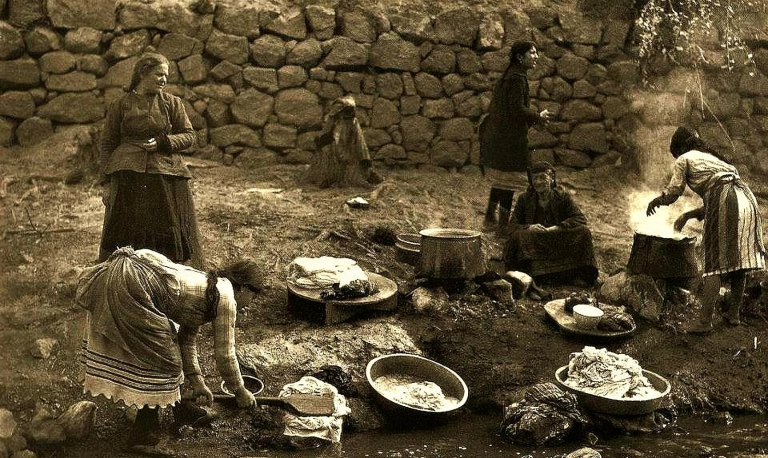
© 1998 – 2021 Aravot – Armenian News/
Population
“Lying 30 kilometers west of Angora [Ankara], Stanoz was, on the eve of the First World War, an exclusively Armenian village with a population of 3,142 Armenian-speakers. Established late, at the end of the fourteenth century, this prosperous village had three churches, one of them Protestant, and a school with an enrolment of 500.”[2]
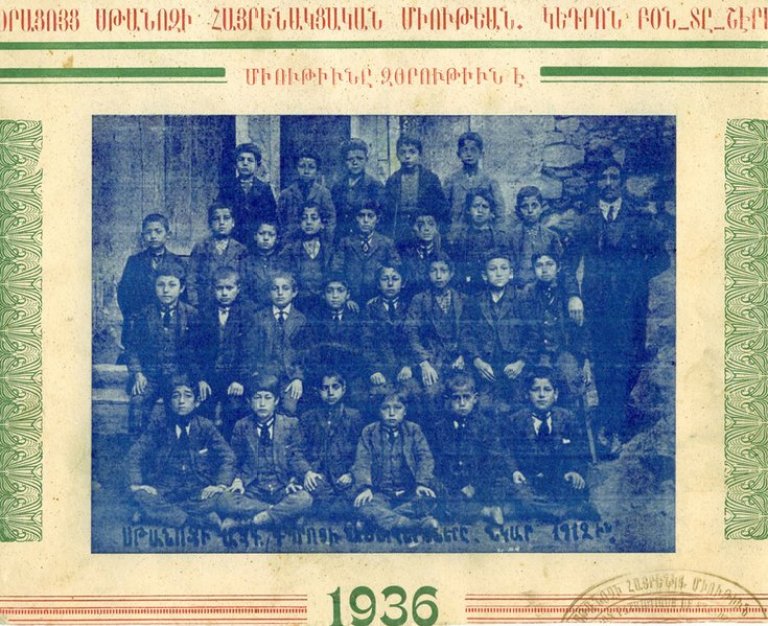
Read more at: https://www.aravot-en.am/2019/10/21/243310/)
© 1998 – 2021 Aravot – Armenian News/
“Due to the Genocide and deportation of Armenians by Ottoman Turkey, many Stanoz residents were either killed or fled the area leaving the village as a ghost town.
The writer [Argun Konuk] found that currently only three Armenians live in Stanoz. Kevork Balabian, who was born in Stanoz, told Konuk: ‘Stanoz had 1200 households and a population of 7-8 thousand. Ottomans valued Stanoz a lot. At the time, the Armenian population of Stanoz migrated to modern cities such as Istanbul, Marseille and Beirut. Only my wife and I, who came from Hatay, and our daughter live in the region. I go there often as I have a farm and a vineyard. Some treasure hunters come there in hopes of pillaging and finding some valuable artifacts but they are afraid of me so they mostly leave. We have graves there and I still look after them.’”[3]
History
“We chiefly owe what we know about Stanoz to the journals of early travelers who visited this settlement over the past few centuries. The settlement was known for being a prosperous village in the Ankara Sanjak (an Ottoman administrative division) of the empire. It is not certain when the village was founded, but it has been suggested that the earliest residents of Stanoz came from Cilicia (an ancient region that includes the modern-day southern Turkish provinces of Hatay, Mersin and Osmaniye) in the 15th century.
Stanoz was an economic hub in Ankara. According to old Ottoman records, one year in the early 1900s, more than 30% of the total taxes collected from villages in Ankara were acquired from Stanoz.
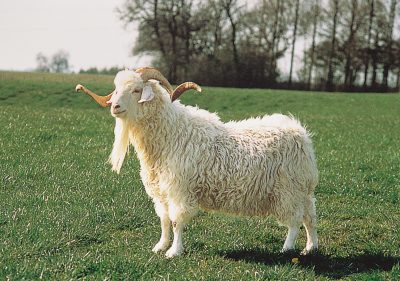
In 1618, a Polish-Armenian traveler by the name of Simeon mentions Stanoz in his journals as one of the top manufacturers of the ‘so’ fabric, also known as mohair or ‘Tiftik’ [mohair] in Turkish, which was processed from the wool of indigenous Angora goats in Ankara.
The most insightful information, however, was provided by Evliya Çelebi, undoubtedly the most renowned Turkish traveler in history, in the second book of the second volume of his journals. Stanoz is, in his words from when he visited the village in the 1640s: ‘…situated near a stream, it is a well-maintained village with 1,000 households. The settlement includes a bathhouse, bazaar and a mosque. Both sides of the village are surrounded by high cliffs and rocks reaching the sky like the Milky Way. They are so high and glorious that one can’t dare to look at them for too long. These rocks are of unusual shapes resembling dragons, lions and elephants, and are perilous. The residents of this town are mostly Armenians. The town has a pleasant climate due to being located right near the stream.’
William Francis Ainsworth, a British traveler who spent a day in Stanoz in 1839, claimed that the settlement comprises of 400 households. The way Ainsworth describes the area is unique: ‘Many orchards stretch along the left bank of the stream. At the very same place, there is a church serving the hardworking Christians whose main labor is herding goats and sheep.’”[4]
In the 19th century, however, the economic situation worsened because mohair from Ankara, the economic base of the region, no longer found the former demand. The governor (Vali) Memduh Paşa (1893-1895) therefore encouraged the operation of carpet manufactories to compensate. At that time, there were ten manufactories in İstanoz, but only two in the much larger city of Ankara.[5]
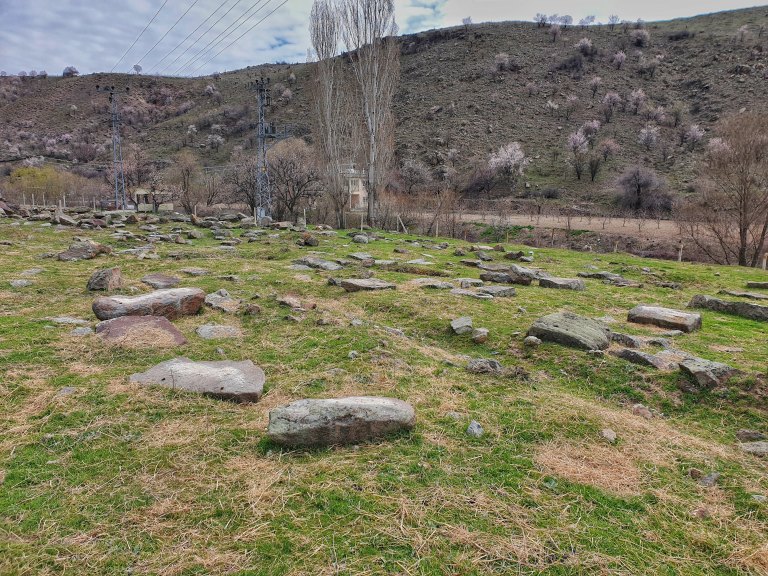
Destruction
“As early as August 1914, much of Stanoz’ economically active population was mobilized and incorporated into the Third Army. Thanks to its proximity to the Sincanköy railroad station, the village was rather well informed of the course of the war and even had news of 120 to 150 members of the Istanbul Armenian elite who had been imprisoned some 15 kilometers to the west of Ayaş. Father Avakian, the stationmaster, had been on hand when they arrived and had even been able to inform Dr. N. Daghavarian’s family of their arrival. It was the Armenians of Stanoz who provided the prisoners in Ayaş with food and other necessities until they set out for an unknown destination. In May [1915], house searches were carried out in Stanoz. Father Khoren was one of the first to be arrested. Late in the month, 15 notables from Stanoz, including Giragos Kabzemalian, Arsen Turkmenian, and Harutiun Avakian, were arrested and interned in the Zencirli Ğuyu barracks.
Not until around 15 August, however, were the males over 15 – around 700 people – summoned to present themselves in the konak’s courtyard, where they were arrested and transferred to Angora under guard. A few days later, after the Protestant Armenians had been released, these men were led off to the Çayaş Bahçesi valley and massacred there. The Protestant males were invited to convert to Islam. When they refused, they were taken to Seyirce, in the vicinity of their village, and their throats were cut.
Many of the women und children of Stanoz owed their lives to the müdir, Ibrahim Şah. Şah succeeded in keeping the families of the conscripts in the village and in finding homes for the rest of the population in the Turkish villages of the nahiye. Unlike the Armenian population in many other kazas of the sancak, that of Stanoz was, ultimately, partly spared.”[6]
The Armenian Aravot newspaper reported on 28 April 1919 about Stanoz:
“Some of the houses of Armenian residents who were exiled during World War I were looted and robbed. A considerable part of Albanians and Bosnians resettled in these abandoned homes. The new residents demolished many of the structures and provided firewood by removing wooden pillars, floor-ceiling boards of many homes. Moreover, instead of acquiring wood from the forest, they cut the fruit trees in the gardens to warm up. The aftermath was appalling as this notable village became dilapidated ruins. Gradz Kar, a small Armenian village, which consisted of twenty houses, located an hour away from Stanoz, also suffered the same fate.“[7]